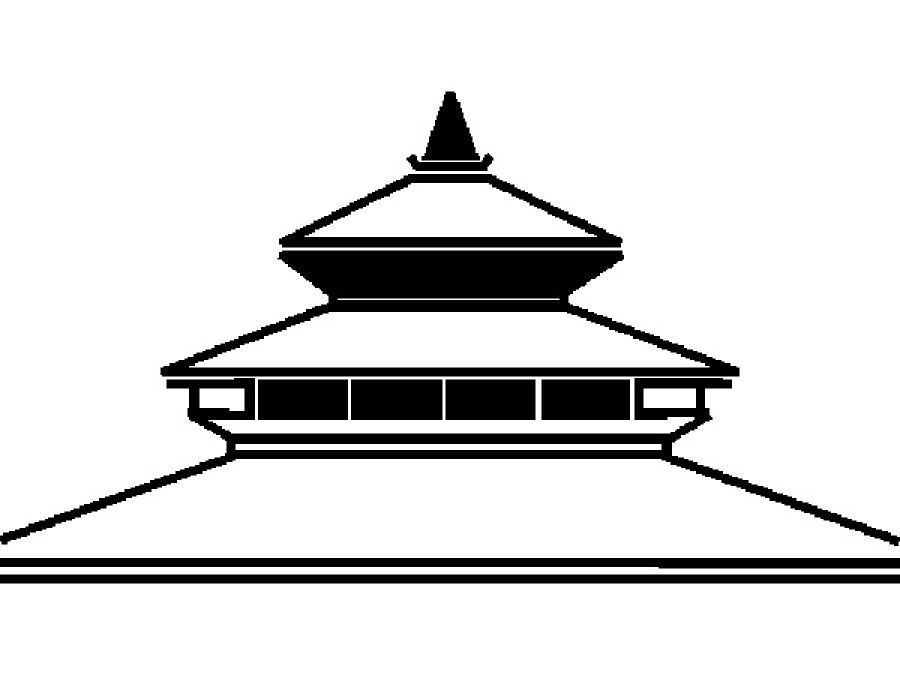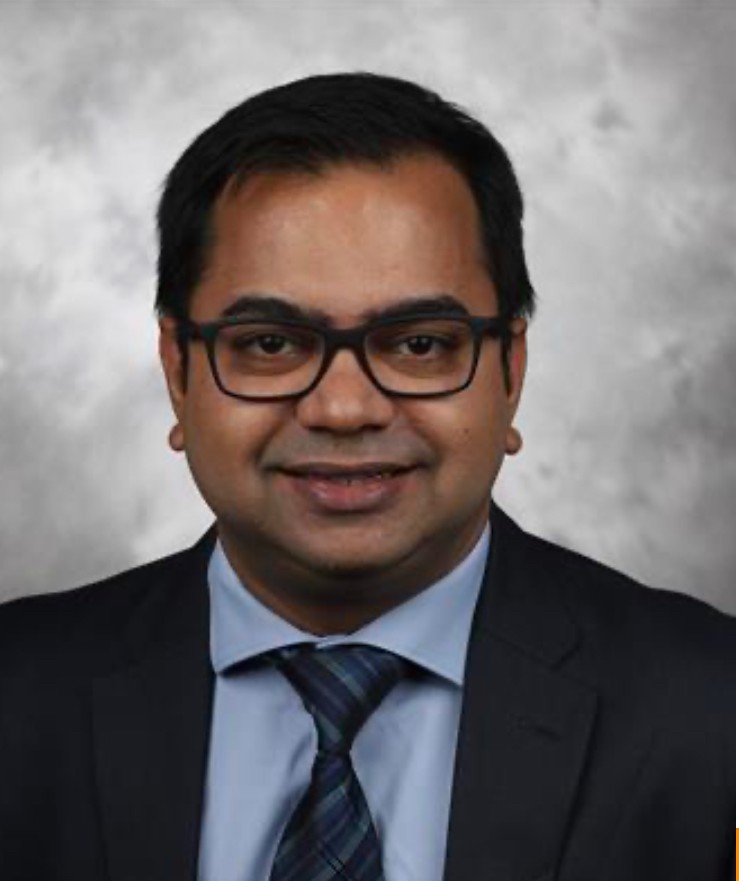Opinion
Slow road to recovery
Entrenched interests will attempt to maintain the status quo, but healthcare reform is necessary
Dr Munish Sharma
Access to healthcare is essential to life. A healthy mind inhabiting an optimally-functioning body paves the way to a prosperous life. Tragically, a significant proportion of the Nepali population is deprived of this basic need. Well- trained and well-intentioned clinicians constitute the DNA of a healthcare system, but around 83 percent of the residents of rural areas in Nepal still struggle to find these clinicians.
The rural-urban divide
In this modern age of scientific breakthroughs, healthcare in affluent nations has grown by leaps and bounds. On the flipside, treatable and preventable ailments like diarrhoea and enteric fever continue to plague Nepalis. Those at a pecuniary advantage enjoy elite healthcare services in Nepal and abroad, but the penurious majority struggle to ward off threats posed even by minor illnesses. The discrepancy between the socio-economic classes is most evident in the quest for equality and reform in Nepal’s healthcare regime. This struggle has been a long and tiring battle waged by Dr Govinda KC, who is currently on a fast-unto-death demanding reform to healthcare and medical education.
Further dissection of the current scenario displays a disparate and unjust distribution of health facilities. Eighteen out of 20 medical colleges are housed in urban area. The Capital, Kathmandu, alone has seven such academies. Meanwhile, a sizeable rural population continues to face an acute shortage of trained medical personnel. It is a pity that the government and its subordinates continue to turn a blind eye to this pathetic state of health affairs.
Recent attempts to provide affiliation to proposed medical colleges under the undue influence of political leaders and businessmen does not harmonise with the needs and sentiments of the people. Cities in India, our southern neighbour, which are far more densely populated than Kathmandu, have seven medical colleges sufficiently meeting their healthcare demands. Thus, the recent push by the government to grant affiliation to still more colleges raised many eyebrows. Around 2,350 medical education quotas are up for grabs in Nepal but only a paltry 350 seats are reserved for competitive exams. For those paying their way, fees have rocketed to Rs 50 lakhs and above. Medical colleges, hence, are a lucrative business, which is what attracts businessmen and politicians.
Safety net for the poor
Amidst all the rhetoric by decision-makers, a viciously partisan debate about medical education and healthcare reform has been the talk of the town. This reform must address the pitfalls of the current city-centred healthcare scenario. The foremost goal of the reform should be to initiate and extend healthcare insurance to those currently uninsured. Massive healthcare bills burden the public, largely due to the notable absence of a national health insurance policy. This has encouraged the medical ‘mafia’ to invest more in the private sector. Thus, a well-structured state-sponsored insurance programme, reinforced by an adequate physician supply, should be a priority.
Furthermore, in recognition of the shortage of physicians in rural Nepal, new medical schools and those in the pipeline must be distributed geographically. This will generate a workforce geared to tackle the needs of the underserved. The rural community is woefully short of physicians and our doctor-to-population ratio is out of proportion. Doctors tend to aggregate in affluent urban areas due to abundant career opportunities, better prospects for higher incomes, and wider educational options for their children. Healthcare reform should advocate for improvements in compensation and working conditions for physicians, especially in rural hospitals. Alleviating the paucity of physicians and medical facilities on the rural front will ensure affordable and accessible healthcare for all.
The world, it seems, is going through a wave of privatisation. Private groups and entrepreneurs have entered every field. This has created work opportunities but cost effectiveness has spiralled. In Nepal, public investment has been low, subsequently inviting proactive ventures from the private sector. The public has been forced to bear the brunt of the economic burden posed by privatisation. In developed nations, the bulk of medical schools and hospitals are run by governments. On the contrary, only three out of 20 medical schools and a few tertiary centres are operated by the Nepal government. The state, therefore, needs invest in a majority of medical institutions so that the public can stake their claim and services can be rendered in a cost-effective manner. Without undermining the merits of the private sector, emphasis should be on working in tandem, rather than monopolising the market.
Medically educated
Nepal’s health education too requires a thorough revision. Changes should culminate in a robust educational system that uses better educational strategies and links processes with outcomes. Reform in medical curricula, well-accepted standardised examinations, and ample research opportunities should be part of the agenda. The next wave of changes in our medical education needs to focus on what particular educational strategies produce better physicians and how the government can fund and sustain the system. The role of physicians in this reformation is indispensable. It is their obligation to inculcate competency by focusing on patient-centred care, accountability, commitment to preventive health, delivery of cost-effective care, and professionalism. Such significant strides by physicians will ensure fortification during reform.
The process of redefining medical education and healthcare is not a single step but an overarching strategy. Given the entrenched interests of those profiting from the health sector, there will be attempts to maintain the status quo. Governing bodies, the Nepal Medical Council, physicians, educationists, and patients must stand in unison to favour of considerable reform in Nepal’s healthcare. Dr Govinda KC’s non-violent protest is certain to stir up further agitation and will lead to repercussions for the government if left unaddressed. Any attempt at quick fixes should be discarded. A comprehensive and well thought-out strategy is the need of the hour.
Dr Sharma holds an MBBS from Manipal College of Medical Sciences, Pokhara




 16.16°C Kathmandu
16.16°C Kathmandu










